

Articles
How To Keep Deer Out Of Your Garden
Modified: February 26, 2024
Learn effective methods to protect your garden from deer with expert gardening tips. Keep your plants safe with these proven techniques!
(Many of the links in this article redirect to a specific reviewed product. Your purchase of these products through affiliate links helps to generate commission for Storables.com, at no extra cost. Learn more)
Introduction
Having a beautiful garden is a joy for any homeowner, but it can quickly turn into a nightmare if deer decide to make it their buffet. These graceful creatures may be lovely to look at, but their voracious appetites can wreak havoc on your carefully cultivated plants. If you’ve ever woken up to find your hard work decimated overnight, you know the frustration and disappointment it can bring.
Fortunately, there are strategies and techniques you can employ to keep deer out of your garden. In this article, we’ll explore various methods that can help protect your plants and maintain the integrity of your garden. From understanding the behavior of deer to implementing physical barriers and utilizing natural deterrents, we’ll cover it all.
Before we delve into the details of deer-proofing your garden, it’s important to note that no method is 100% foolproof. Deer are resourceful and adaptable creatures, capable of overcoming obstacles. However, by combining several approaches and methods, you can significantly reduce the likelihood of deer damage and minimize their impact on your garden.
So, let’s dive in and explore the different ways you can keep deer out of your garden and enjoy the fruits of your labor without the frustration of deer-inflicted destruction.
Key Takeaways:
- Choose deer-resistant plants with strong scents, prickly textures, or bitter tastes to deter deer and minimize damage. Combine with fencing for a more effective defense against deer browsing.
- Collaborate with neighbors for community deer control, share information, coordinate planting strategies, and engage local authorities for a comprehensive and sustainable approach.
Understanding the Behavior of Deer
Before you can effectively keep deer out of your garden, it’s essential to understand their behavior and habits. Deer are herbivores, meaning they primarily feed on plants. They have a keen sense of smell and are attracted to certain scents and food sources.
Deer are most active during the early morning and evening hours, which is when they are most likely to venture into your garden. They tend to be cautious animals and are easily spooked by sudden movements or loud noises.
It’s also worth noting that deer are creatures of habit. Once they discover a reliable food source, they will continue to return to it repeatedly. This makes it crucial to take proactive measures to deter them and disrupt their feeding patterns.
When selecting plants for your garden, it’s important to choose ones that are less appealing to deer. While no plants are completely deer-proof, some are known to be less appetizing to them. Research deer-resistant plants native to your region and incorporate them into your garden design.
Another crucial aspect of understanding deer behavior is recognizing their preferred browsing height. Deer typically feed at the height of three to four feet, so paying attention to the vulnerability of plants at this level is essential. Protecting susceptible plants at this height can significantly reduce the risk of deer damage.
By understanding the behavior of deer, you can take proactive steps to deter them from entering your garden and minimize their impact on your plants. In the next sections, we’ll explore various methods and strategies to keep deer at bay.
Choosing Deer-Resistant Plants
When it comes to preventing deer damage in your garden, selecting the right plants can make a significant difference. While no plant is completely immune to deer browsing, some species are less appealing to them and are considered deer-resistant. Incorporating these plants into your garden design can help deter deer and minimize potential damage.
One key principle to remember when choosing deer-resistant plants is to prioritize plants with strong scents or bitter tastes that deer find unappealing. Deer have a highly developed sense of smell, and plants with potent aromas can deter them from approaching. Some examples of aromatic plants that are often deer-resistant include lavender, rosemary, and mint.
Besides strong scents, plants with fuzzy or prickly leaves can also deter deer. Foxtail lilies, yarrow, and lamb’s ear are excellent examples of plant varieties that have textures deer find unappealing to chew on.
Another strategy is to choose plants that have a bitter taste. Deer are more likely to avoid plants that taste unpleasant to them. Herbs like sage and oregano, as well as ornamental grasses like fountain grass, are known for their bitterness, making them less attractive to deer.
It’s important to note that while deer-resistant plants may deter these animals, they are not foolproof. In times of extreme hunger or scarcity of food, deer may still nibble on these plants. Therefore, it’s wise to combine other deterrent methods, such as fencing or natural repellents, for a more effective defense against deer browsing.
Lastly, seek advice from local nurseries or horticulturists who are knowledgeable about the plants that thrive in your specific region. They can guide you towards native species that are naturally more resilient to browsing and have a higher chance of deterring deer.
By incorporating deer-resistant plants into your garden, you can make your landscape less appealing to these creatures and reduce the risk of damage. However, remember to use other preventative measures in conjunction with plant selection to create multiple layers of protection against deer intrusion.
Fencing Options to Protect Your Garden
If you’re serious about keeping deer out of your garden, implementing a proper fencing system is one of the most effective and reliable methods. By creating a physical barrier, you can prevent deer from accessing your plants and significantly reduce the risk of damage. Here are some fencing options to consider:
1. Deer-Proof Fencing: Install a high fence specifically designed to keep deer out. A deer-proof fence should be at least 8 feet tall, as deer have remarkable jumping abilities. The fence should also be constructed with tight mesh or slats to prevent deer from squeezing through.
2. Electric Fencing: An electric fence can be an effective deterrent for deer. The fence should be at least 5 feet tall and have electrified wires spaced at suitable intervals. The mild electric shock serves as a deterrent and trains deer to avoid approaching the fence.
3. Invisible Fencing: If you prefer a less visible fencing option, consider using invisible or hidden fencing. These systems use underground wires and wireless receivers attached to deer collars. When deer approach the designated boundary, they receive a harmless static correction, deterring them from crossing the fence line.
4. Double Fencing: Another effective option is to install two parallel fences with a spacing of about 4 to 5 feet between them. Deer find it challenging to judge distances and perceive the gap as an obstacle, discouraging them from attempting to jump or pass through.
5. Deer Netting: For smaller areas or individual plants, deer netting can be a viable solution. Install sturdy posts around the desired area and attach the netting to create a barrier. Make sure the netting reaches the ground and that there are no gaps for deer to slip through.
When installing any type of fencing, it’s crucial to secure the bottom of the fence to the ground to prevent deer from crawling underneath. Regularly inspect the fence to ensure there are no gaps or areas that deer could exploit for entry.
While fencing can be an investment in terms of time and cost, it provides a long-term solution for keeping deer out of your garden. Consider your specific needs, budget, and space limitations when choosing the most appropriate fencing option.
In the next sections, we’ll explore additional non-fencing methods and natural deterrents that can further enhance your deer control efforts.
Alternative Non-Fencing Methods
If installing a fence is not feasible or desirable for your garden, don’t worry. There are alternative non-fencing methods you can employ to deter deer and protect your plants. While these methods may not provide the same level of effectiveness as fencing, they can still significantly reduce deer damage. Here are some options to consider:
1. Repellents: There are various odor-based repellents available on the market that are designed to deter deer. These repellents emit scents that deer find unpleasant, causing them to avoid the treated areas. Be sure to follow the instructions carefully when applying repellents and reapply as needed, especially after rain.
2. Scare Devices: Scare devices can startle deer and discourage them from approaching your garden. Options include motion-activated sprinklers that release bursts of water, ultrasonic devices that emit high-frequency sounds, and fluttering scare tape or flags that create movement in the wind.
3. Predator Decoys: Placing realistic-looking predator decoys, such as fake owls or coyotes, in your garden can create the illusion of danger for deer. The presence of these decoys can make deer think twice before entering your garden.
4. Reflective Materials: Hanging reflective objects, like aluminum foil strips or CDs, in your garden can create flashing and shimmering effects that deter deer. The reflection and movement can confuse and discourage them from entering the area.
5. Scent Deterrents: Human hair, soap, or strong-smelling substances like garlic or hot peppers can be used to create scent deterrents. Sprinkling these substances around your garden or placing them in mesh bags near susceptible plants can help keep deer at bay.
Remember that non-fencing methods may require continuous monitoring and occasional adjustment to remain effective. Deer can become habituated to certain deterrents over time, so it’s a good idea to rotate and combine different methods to keep them on their toes.
While not foolproof, these alternative methods can provide an additional layer of defense against deer and help minimize the damage they can cause to your garden. However, it’s important to note that results may vary depending on the deer population in your area and their level of hunger or stress.
In the next sections, we’ll explore natural deterrents, physical barriers, and other techniques that can further enhance your deer control efforts.
Read more: How To Keep Chickens Out Of Garden
Natural Deterrents and Repellents
When it comes to deterring deer from your garden, nature provides us with a range of natural options. These methods utilize plants, scents, and other natural elements to discourage deer from entering your garden and protect your plants. Here are some natural deterrents and repellents you can consider:
1. Plant Deer-Resistant Species: As mentioned earlier, incorporating deer-resistant plants into your garden is a natural way to deter them. Choose plants with strong scents, prickly or fuzzy textures, or bitter tastes that deer find unappetizing.
2. Use Strong Aromatics: Certain strong-smelling plants can act as natural deer repellents. Planting fragrant herbs like garlic, onions, and chives around your garden can help keep deer at bay. Deer dislike the pungent smell and are less likely to graze in areas where these plants are present.
3. Install Plants Deer Dislike: Planting species that deer dislike can also provide a natural deterrent. Examples include plants with spiky leaves like holly or plants with strong flavors like mint. By strategically placing these plants around more vulnerable ones, you can create a barrier that deer are less inclined to cross.
4. Create Natural Barriers: Utilize natural barriers like hedges or thorny bushes to make it difficult for deer to access your garden. Planting dense shrubs or creating a natural fence using prickly plants can discourage them from entering your garden space.
5. Homemade Repellents: You can make your own deer repellents using common household ingredients. Mixtures of hot pepper spray, garlic, eggs, or soap can be effective in repelling deer. Spray these repellents directly onto vulnerable plants or create a perimeter around your garden to deter deer.
Remember to reapply natural deterrents and repellents after rainfall or heavy watering, as they may be washed away over time.
While natural deterrents and repellents can be effective, it’s important to note that their potency varies depending on several factors, including the specific deer population in your area and their hunger levels. It’s advisable to experiment with different natural methods and adjust your approach as needed.
In the next sections, we’ll explore physical barriers and obstacles, as well as other techniques you can utilize to further enhance your deer control efforts.
Plant deer-resistant plants such as lavender, daffodils, and sage to deter deer from entering your garden. These plants have strong scents that repel deer.
Creating Physical Barriers and Obstacles
To effectively hinder deer from accessing your garden, creating physical barriers and obstacles can be an excellent strategy. These barriers act as deterrents and prevent deer from reaching your plants. Here are some effective methods to consider:
1. Plant Thorny or Spiky Vegetation: Surrounding your garden with thorny or spiky plants can create a natural barrier that discourages deer from entering. Shrubs like barberry, holly, or roses serve as effective deterrents due to their thorns.
2. Use Nutrient-Dense Mulch: Spread mulch made from materials deer don’t like, such as cocoa bean shells or cedar chips, around the perimeter of your garden. The strong scents and textures of these mulches can deter deer from venturing further into your garden.
3. Install Bamboo Stakes or Fishing Line: Placing bamboo stakes or fishing line around your garden can create physical obstacles that deter deer. Space the stakes or line about 3 to 4 feet apart to create a visible barrier that deer are less likely to cross.
4. Hang Bird Feeders: While this may seem counterintuitive, hanging bird feeders away from your garden can divert deer’s attention elsewhere. Deer are opportunistic feeders and will often prioritize easier food sources like birdseed over your garden plants.
5. Install Raised Garden Beds: Raising your garden beds a few feet off the ground can make it more challenging for deer to reach your plants. This physical barrier can deter them from browsing on your vegetables, fruits, or flowers.
6. Use Chicken Wire or Netting: Erecting chicken wire or netting around your garden can provide a sturdy barrier against deer. Ensure the fencing is at least 8 feet tall, and bury the bottom few inches into the ground to prevent deer from crawling underneath.
Remember to regularly inspect and maintain these barriers to ensure their effectiveness. Deer can be persistent, so reinforcing or repairing barriers when necessary is crucial.
While physical barriers and obstacles can be effective, they may alter the aesthetics of your garden. Consider the balance between functionality and visual appeal when implementing these strategies.
In the next sections, we’ll explore ways to maintain a clean and odor-free garden, monitor deer activity, and utilize community approaches for deer control.
Maintaining a Clean and Odor-Free Garden
In addition to physical barriers and deterrents, maintaining a clean and odor-free garden can play a significant role in deterring deer. By reducing attractants and eliminating enticing scents, you can make your garden less appealing to these animals. Here are some tips for maintaining a clean and odor-free garden:
1. Remove Fallen Fruit: Deer are attracted to fruit that has fallen from trees or shrubs. To prevent them from being lured into your garden, regularly remove any fallen fruit and dispose of it properly.
2. Clear Away Debris: Keep your garden clean by regularly removing leaf litter, fallen branches, and other debris. These can provide hiding spots for deer and encourage their presence.
3. Maintain Proper Garden Hygiene: Good garden hygiene is important in deterring deer. Regularly weed your garden to prevent the growth of plants that may attract deer. Additionally, keep the area around your plants clean and free from decaying matter.
4. Use Odor Neutralizers: Deer have a keen sense of smell, so it’s important to minimize strong scents that might attract them. Using odor neutralizers or masking scents, such as predator urine or commercial deer repellent sprays, can help mask the appealing scent of your plants and deter deer.
5. Consider Motion-Activated Lights and Sound: Deer are startled by sudden movements and loud noises. Installing motion-activated lights or sound devices near your garden can startle them and deter them from approaching.
6. Avoid Fertilizers with Strong Scents: Some fertilizers have strong odors that can attract deer. When choosing fertilizers for your garden, opt for those with neutral or mild scents to minimize the attraction for deer.
By maintaining a clean and odor-free garden, you can reduce the factors that attract deer and make your garden less inviting. Make these practices a regular part of your gardening routine for optimal deer control.
In the next sections, we’ll explore techniques for monitoring and scaring deer, as well as community approaches for effective deer control.
Monitoring and Scaring Techniques
Monitoring and scaring techniques can be effective in deterring deer from your garden. By actively monitoring their activity and employing scare tactics when necessary, you can disrupt their feeding patterns and discourage them from returning. Here are some techniques to consider:
1. Install Motion-Activated Sprinklers: Motion-activated sprinklers are an effective way to startle deer and deter them from entering your garden. When a deer approaches, the sudden burst of water from the sprinkler can frighten them and teach them to stay away.
2. Use Noise-Making Devices: Deer are easily startled by loud noises. Utilize noise-making devices such as wind chimes, bells, or even a radio set to a talk station to create sporadic sounds that scare deer away. Rotate the devices regularly to prevent deer from becoming accustomed to specific sounds.
3. Employ Scarecrows: Scarecrows are a classic method for scaring away animals, including deer. Place scarecrows strategically in your garden, moving them periodically to prevent deer from getting used to their presence. Add reflective materials or wind-driven objects to enhance their effectiveness.
4. Use Motion-Activated Lights: Installing motion-activated lights around your garden can startle deer when they approach, making them feel exposed and vulnerable. The sudden illumination can be an effective deterrent, especially during nighttime when deer are most active.
5. Observe Deer Activity: Regularly monitor the behavior and feeding patterns of deer in your area. Identify the areas they frequently visit and focus your efforts on deterring them from those specific spots. By understanding their habits, you can tailor your strategies accordingly.
6. Utilize Scents: Introduce strong, deer-repelling scents into your garden. Natural scents like predator urine or strong herbal oils can deter deer from approaching. Apply these scents strategically, focusing on vulnerable areas or plants that have been targeted previously.
It’s important to note that the effectiveness of monitoring and scaring techniques may vary depending on the individual deer and their level of habituation to certain stimuli. Employ a combination of methods and be consistent in your efforts to maintain their effectiveness.
In the next section, we’ll explore community approaches and collaborating with neighbors for more effective deer control.
Read more: How To Keep Raccoon Out Of Garden
Community Approaches for Deer Control
Dealing with deer in your garden can be a shared challenge among homeowners in your community. By working together and implementing community approaches for deer control, you can increase the effectiveness of your efforts. Here are some community-based strategies to consider:
1. Share Information and Resources: Collaborate with your neighbors to share information and resources about effective deer control methods. Discuss your experiences, successes, and challenges to learn from one another and identify the most effective strategies for your area.
2. Coordinate Planting Strategies: Coordinate with your neighbors on planting strategies that can discourage deer. By planting similar deterrent plants or utilizing common barriers, you create a wider and more consistent defense against deer invasion.
3. Create Deer-Resistant Zones: Establish designated deer-resistant zones within your community. By collectively focusing on making these areas less attractive to deer, you can create pockets where plants can thrive without causing excessive damage.
4. Promote Wildlife-Friendly Landscaping: Encourage your community to adopt wildlife-friendly landscaping practices that strike a balance between preserving natural habitats and protecting gardens. By providing alternative food sources and habitats for deer, you can help reduce their reliance on residential gardens.
5. Community Deer Fencing: Consider collaborating with your neighbors to install a community deer fence around the perimeter of your neighborhood. Sharing the cost and effort involved can make this more feasible for everyone and provide a comprehensive defense against deer intrusion.
6. Engage Local Authorities: Reach out to local authorities, such as wildlife management agencies or municipal officials, to seek their guidance and support. They may have insights and resources to help address the deer population in your area or provide assistance with deer management programs.
Remember, collaboration and unity among neighbors are key to the success of community approaches for deer control. By working together, you can reinforce the effectiveness of your individual efforts and create a more deer-resistant community.
To conclude, implementing community approaches, in addition to individual strategies, can contribute to a more comprehensive and sustainable approach to deer control in your area.
Conclusion
Keeping deer out of your garden can be a challenging endeavor, but with a combination of strategies and techniques, it’s possible to minimize their impact and protect your plants. Understanding the behavior of deer, choosing deer-resistant plants, and implementing physical barriers are fundamental steps in deer control.
While fencing provides a reliable and effective solution, alternative non-fencing methods such as repellents, scare devices, and natural deterrents can also be employed. By maintaining a clean and odor-free garden, monitoring deer activity, and utilizing community approaches, you can further enhance your deer control efforts.
Remember that deterring deer requires perseverance and adaptability. No single method is foolproof, and deer can be persistent and resourceful. By combining multiple strategies, rotating tactics, and collaborating with your community, you increase your chances of success.
Regularly assess the effectiveness of your chosen methods and adjust them as needed. Stay informed about the unique challenges and patterns of deer behavior in your area to tailor your deer control strategies accordingly.
Creating a harmonious balance between a beautiful garden and the presence of wildlife like deer is an ongoing effort. With patience, persistence, and a comprehensive approach, you can enjoy the fruits of your labor and maintain a thriving garden while coexisting with these graceful creatures.
Remember, deer are a part of our natural environment, and finding ways to peacefully coexist with them allows us to appreciate their beauty while safeguarding our precious gardens.
Frequently Asked Questions about How To Keep Deer Out Of Your Garden
Was this page helpful?
At Storables.com, we guarantee accurate and reliable information. Our content, validated by Expert Board Contributors, is crafted following stringent Editorial Policies. We're committed to providing you with well-researched, expert-backed insights for all your informational needs.
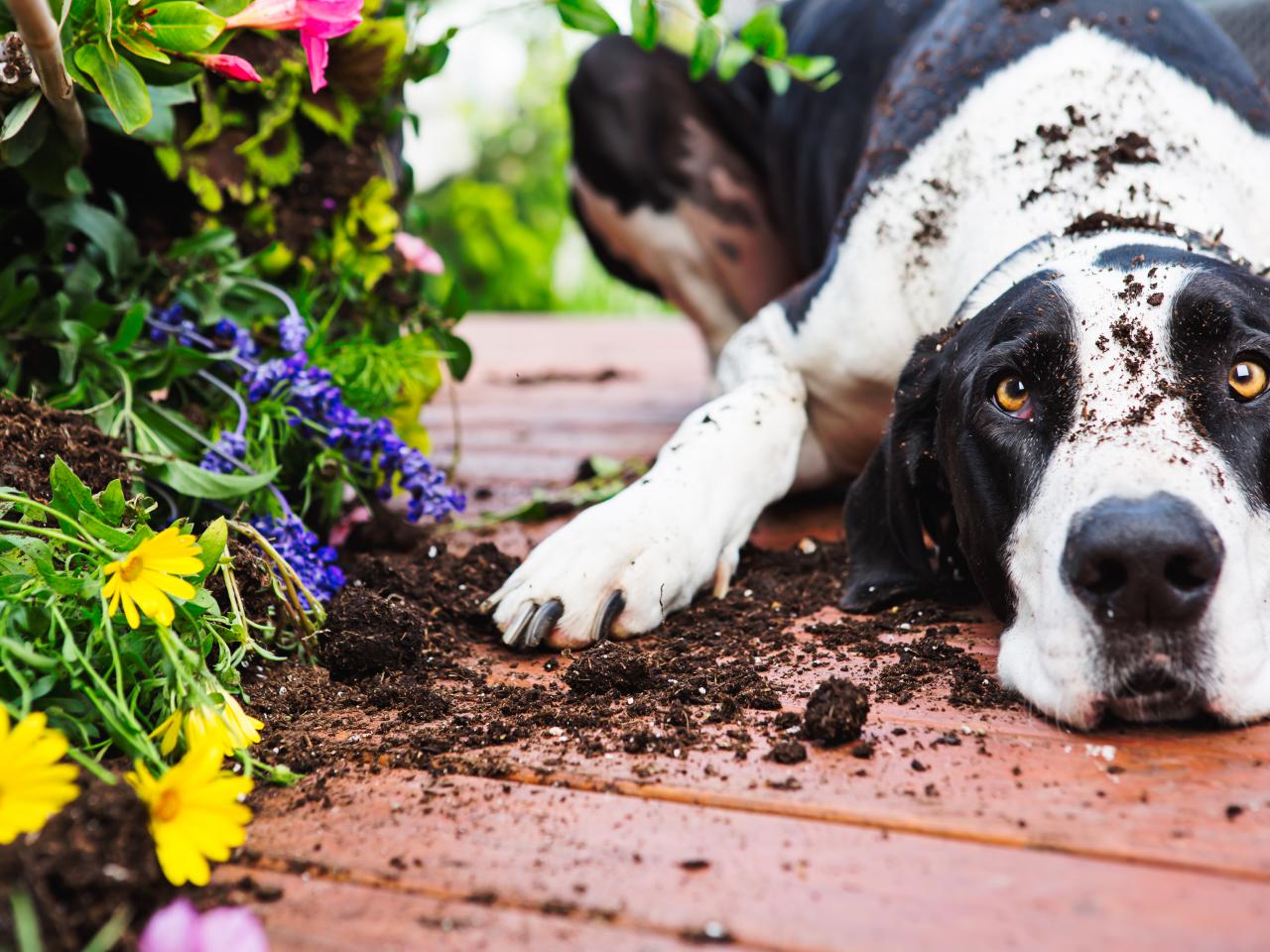
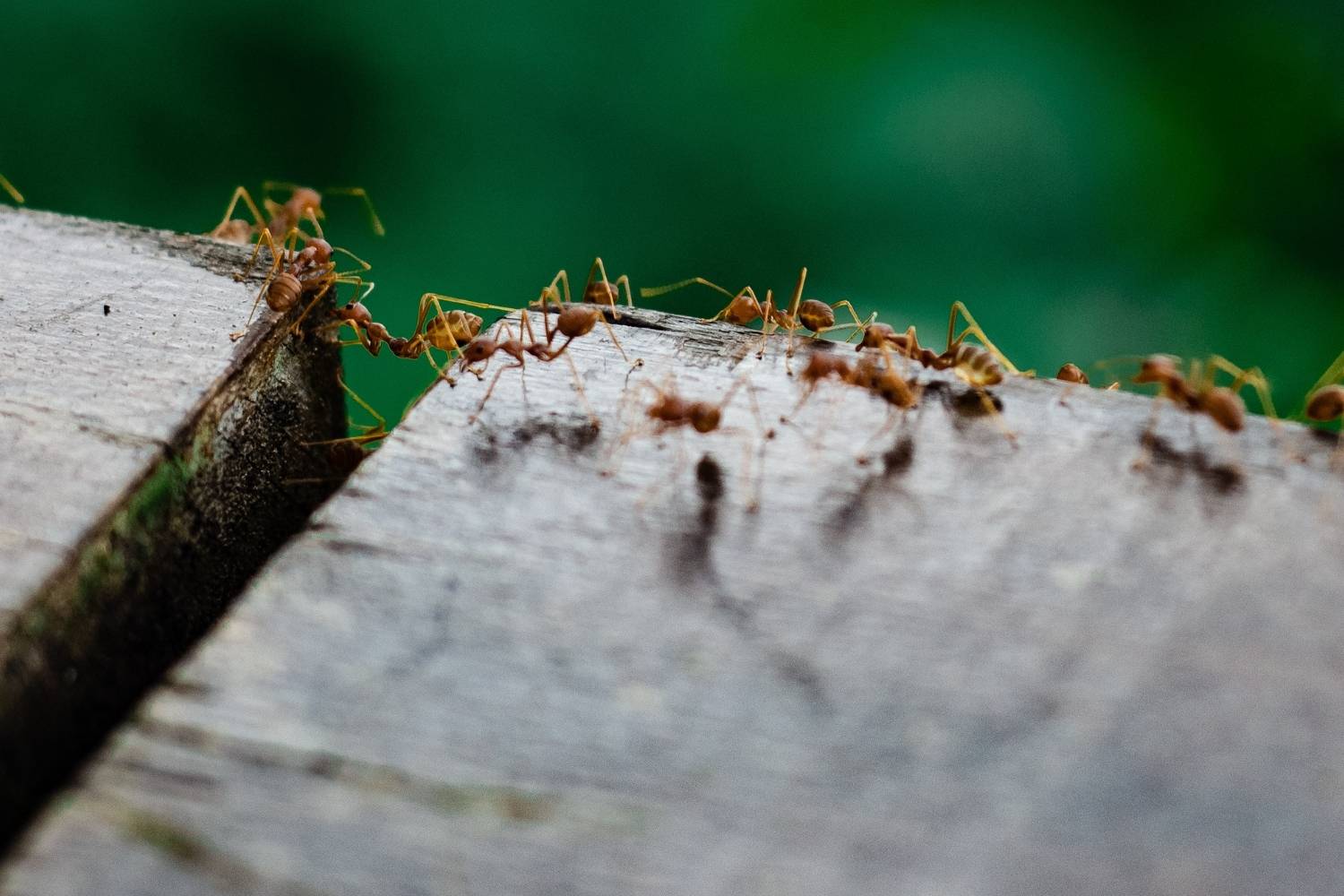
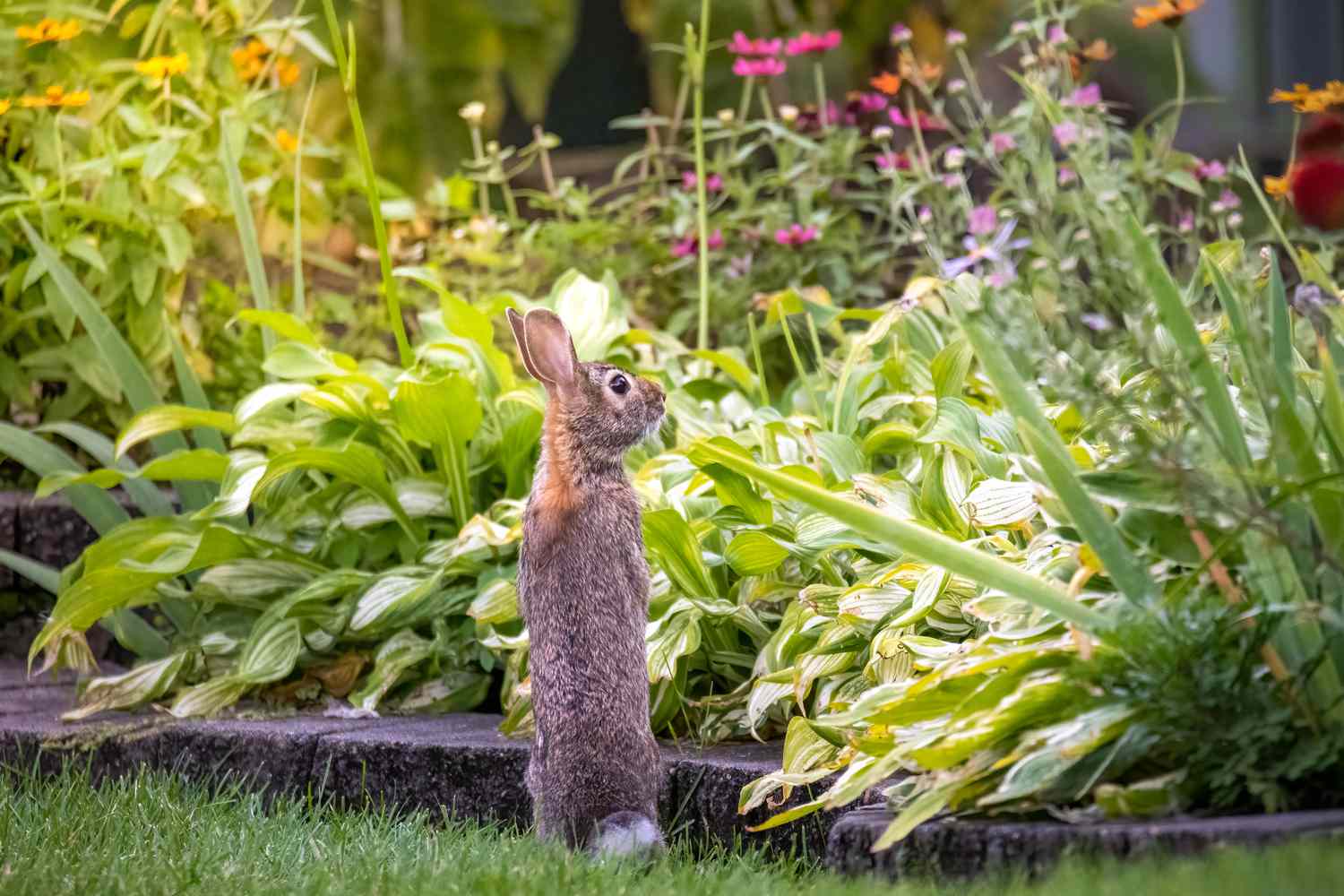

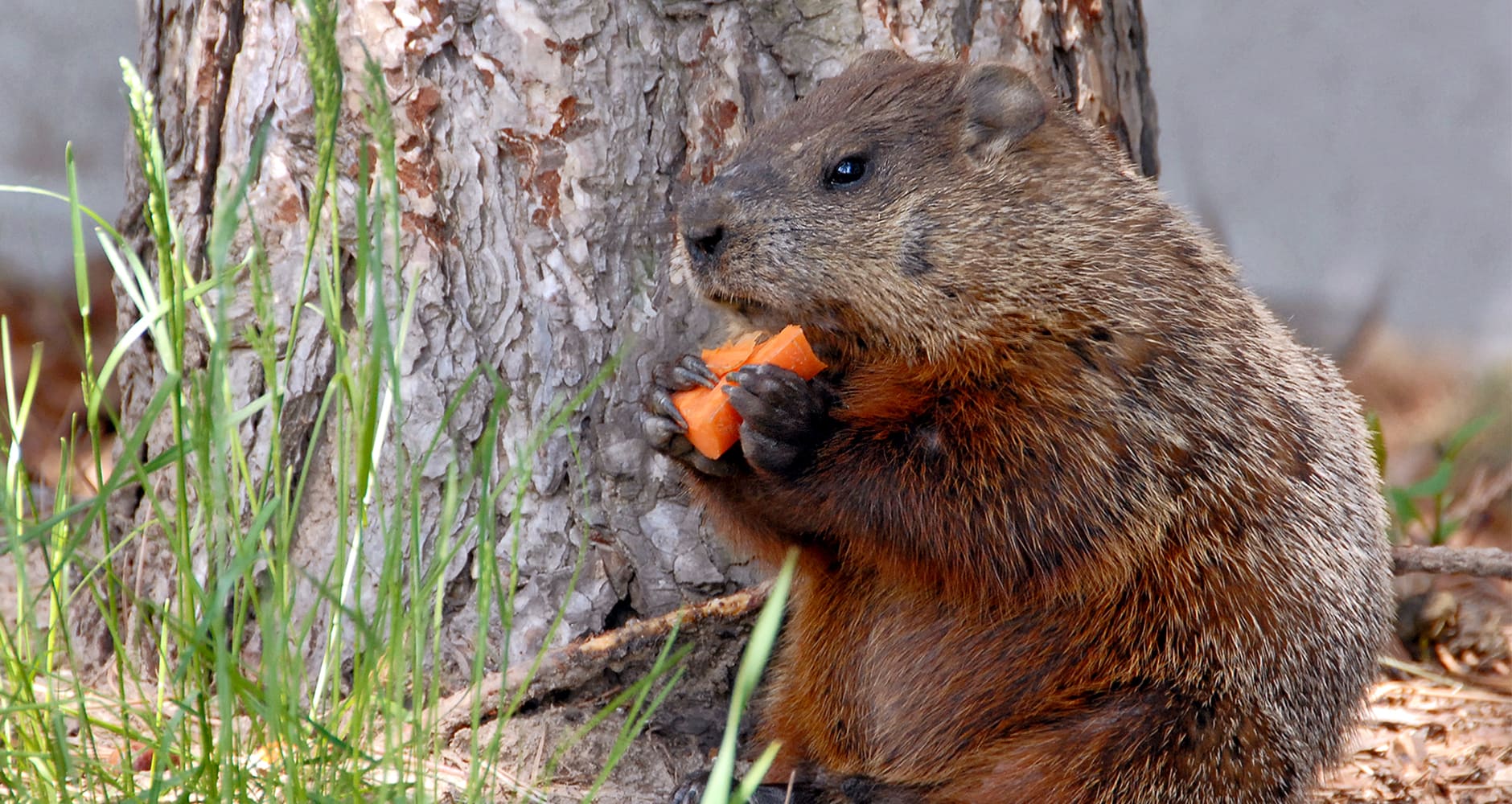
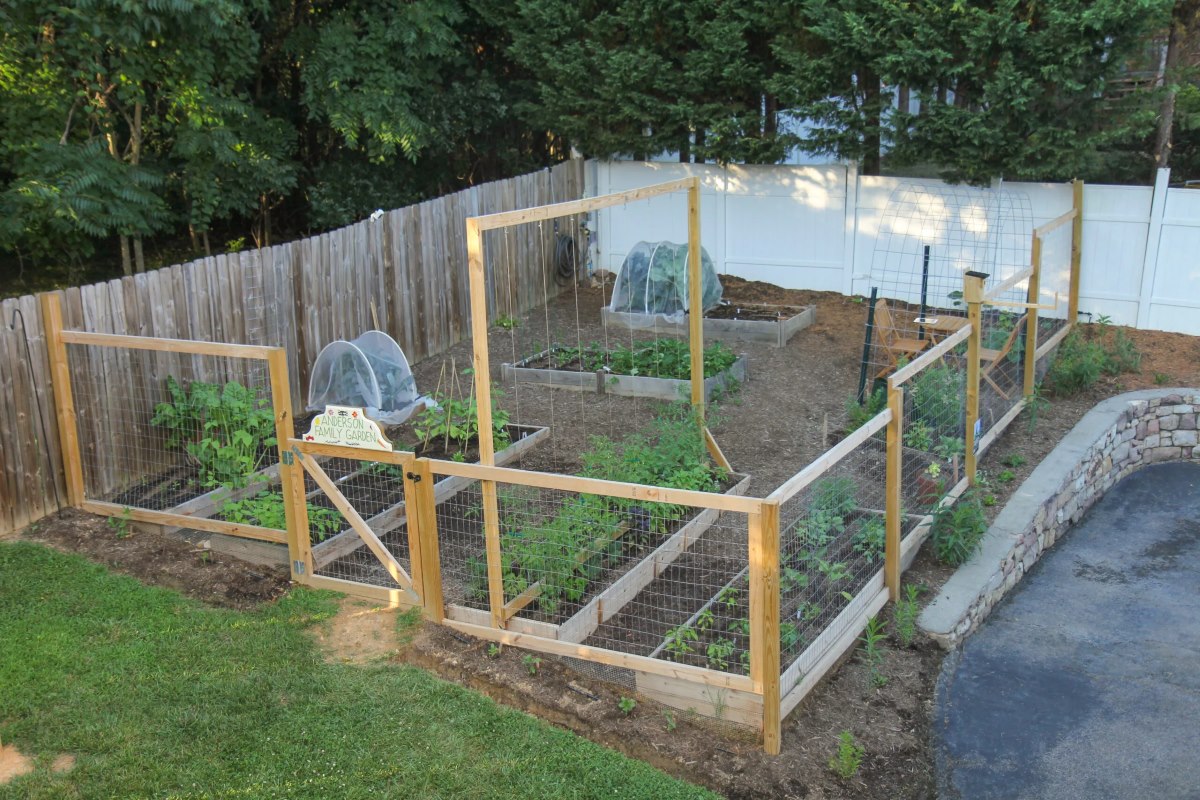
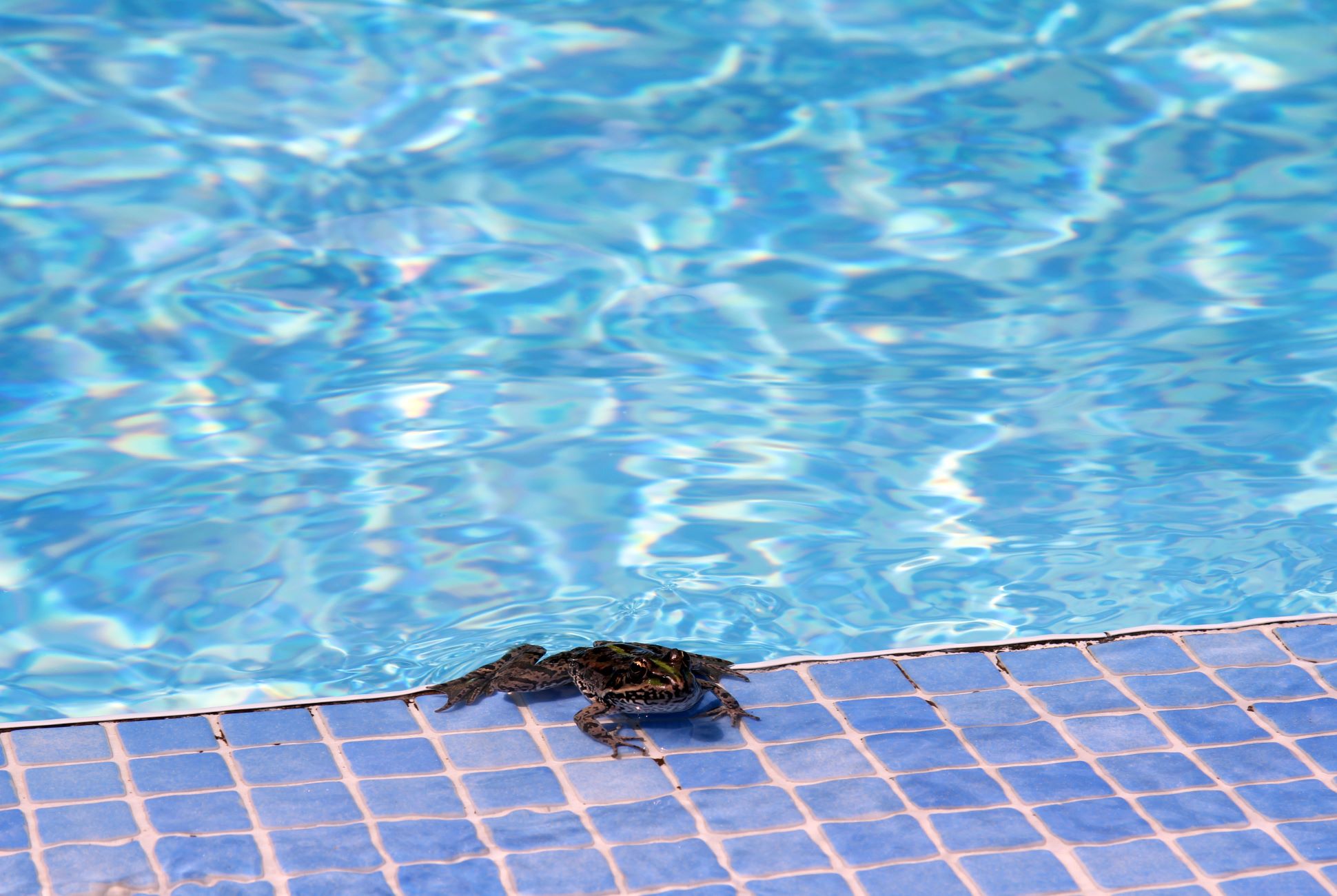
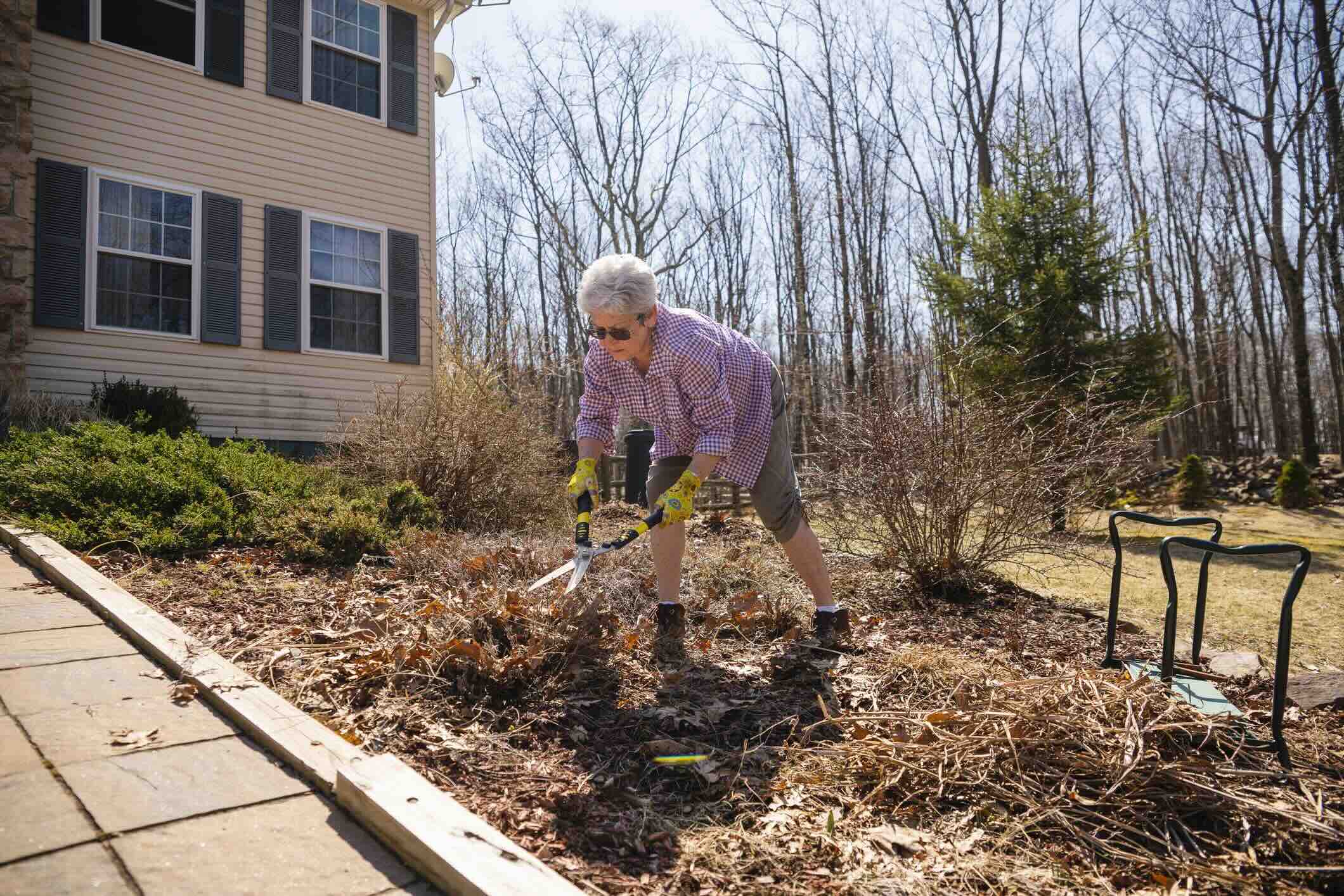

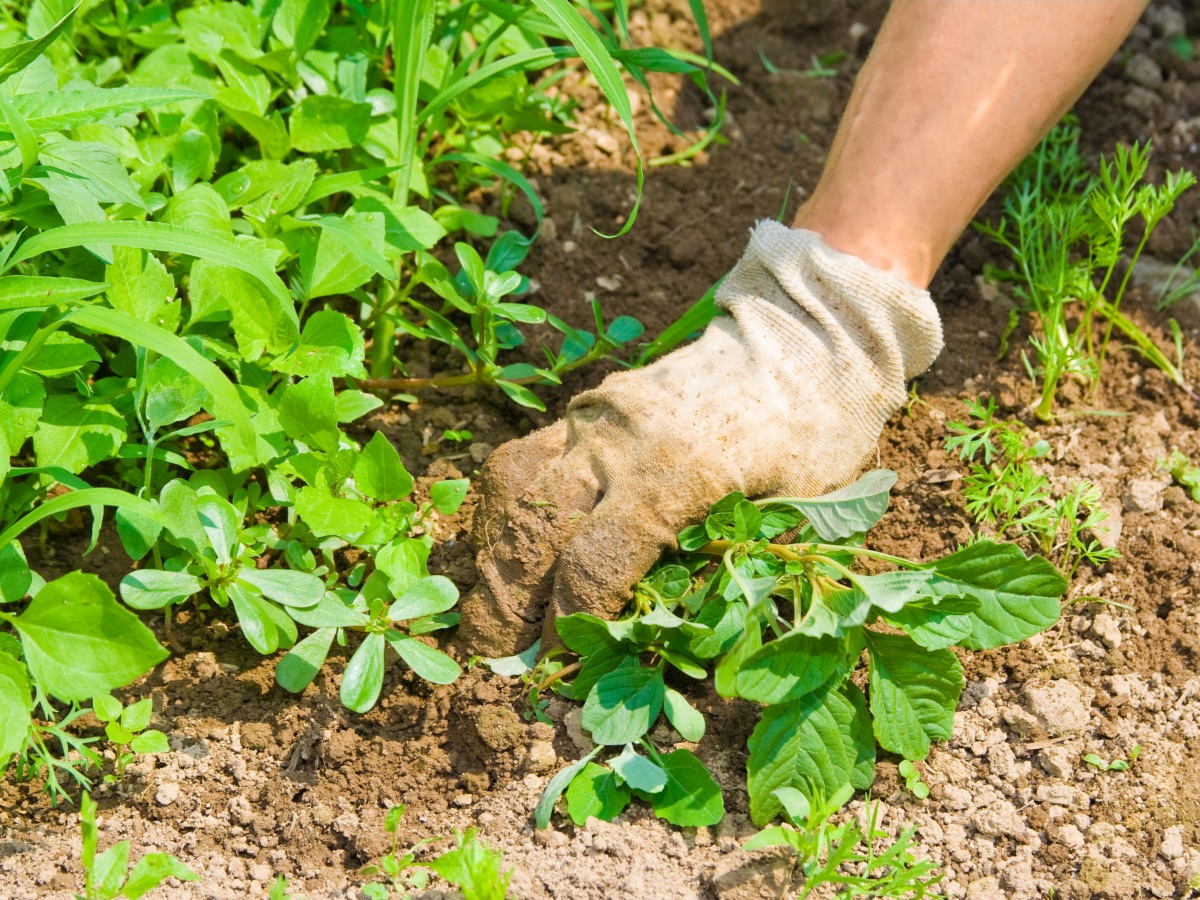
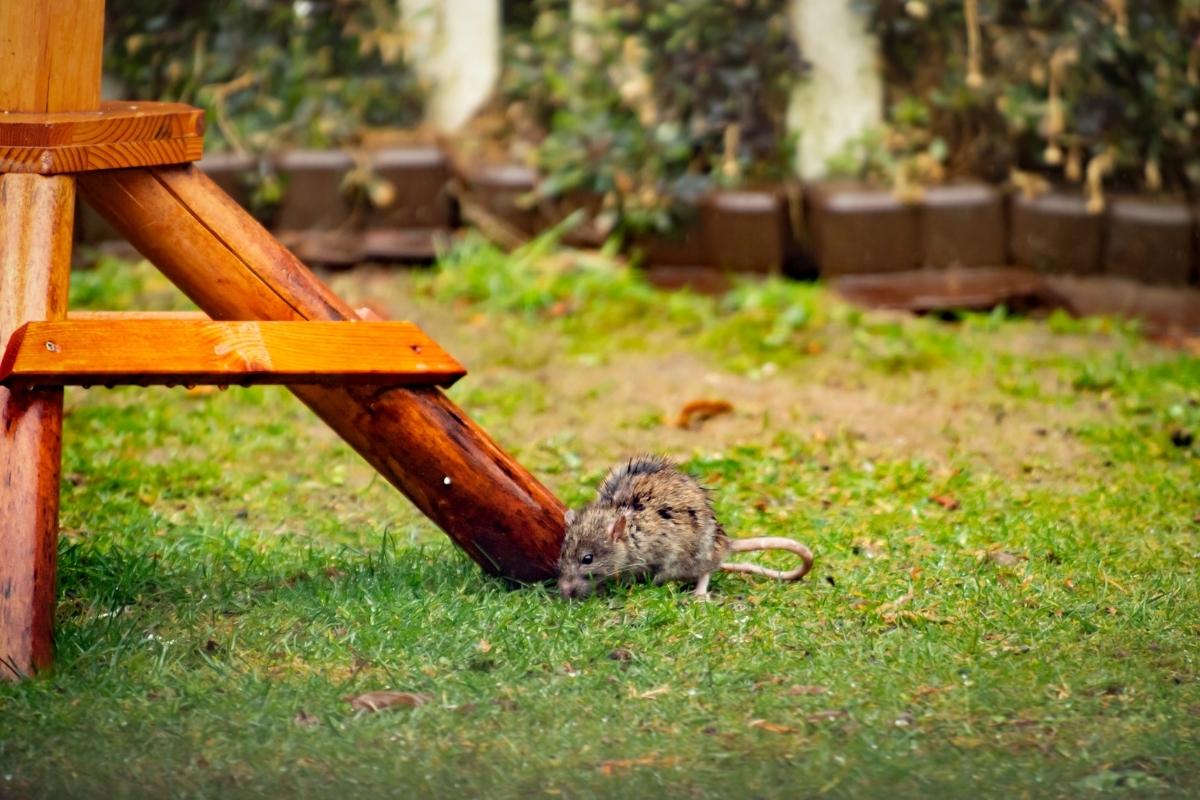
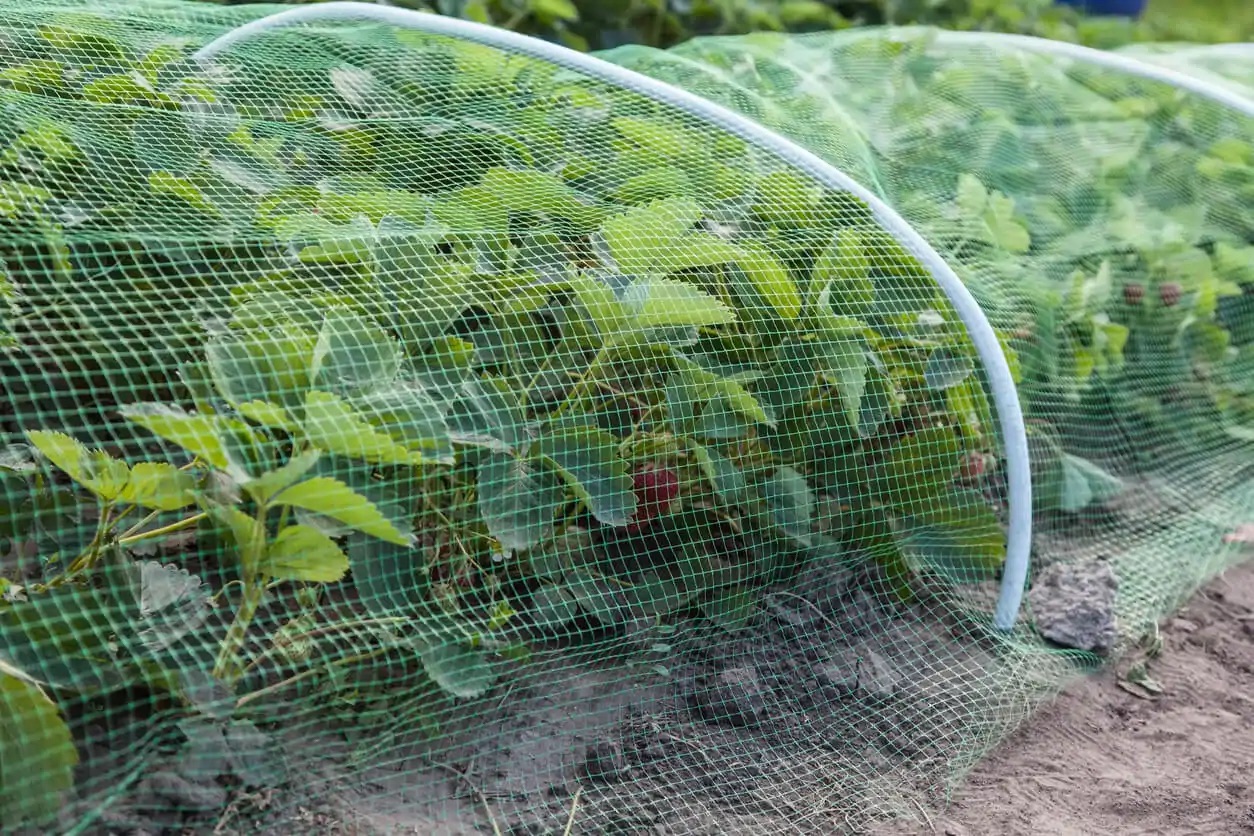
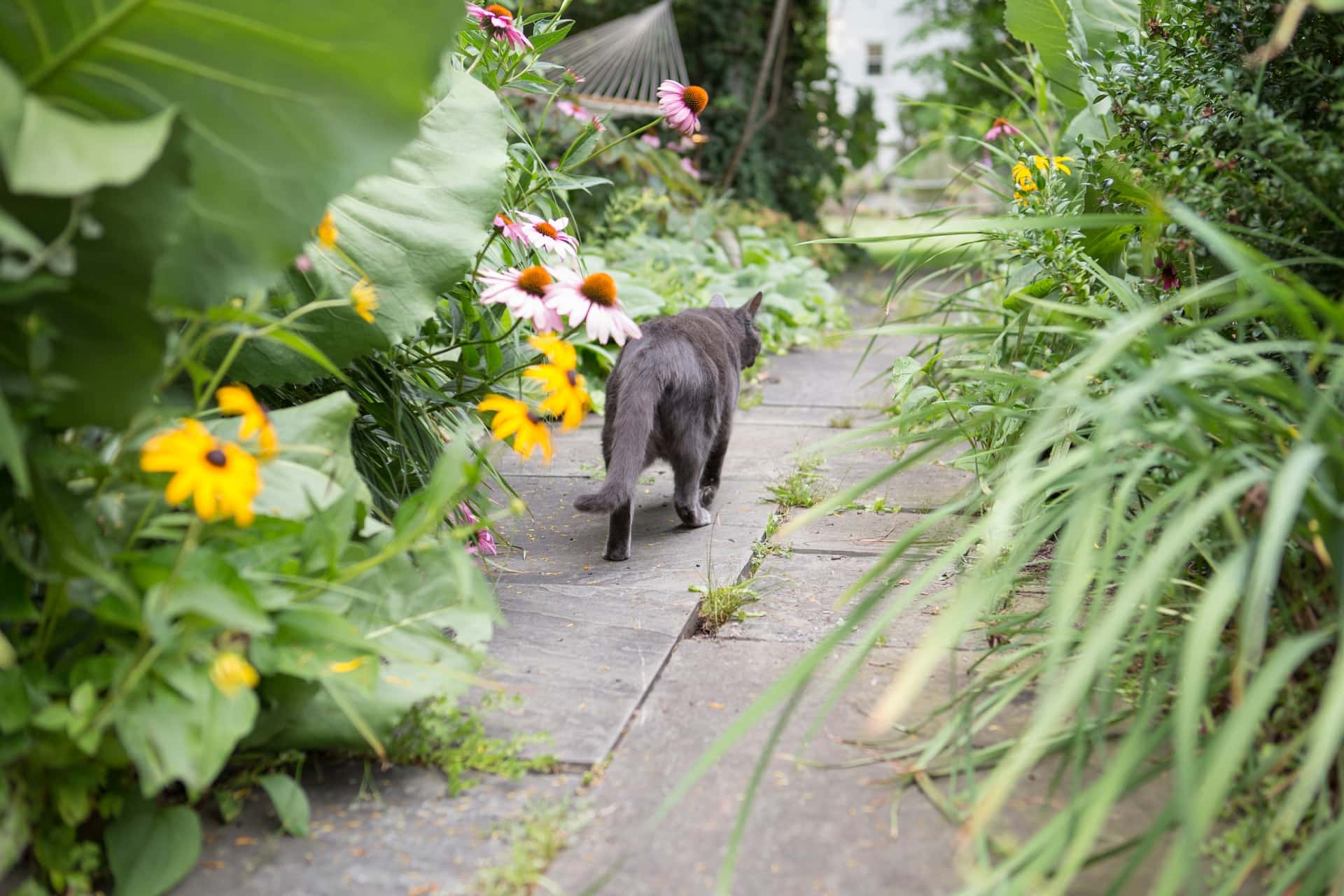

0 thoughts on “How To Keep Deer Out Of Your Garden”